On the 1 July 2010, around 1,000 farmers attended a Building an Efficient Suckler Herd event at the College of Agriculture, Food and Rural Enterprise (CAFRE) Hill Farm at Glenwherry, midway between Larne and Ballymena in Co Antrim.
As is usual at such events, the farm was tidy, the stock on show were carefully selected and the advice given was timely and relevant.
But there was also a recognition that there was work to be done, with a 100-cow suckler herd that was delivering a margin of £243 (€286) per cow.
At the time, the head of beef and sheep development at CAFRE, Dr William Mc Lauchlan, talked about the farm being on a journey.
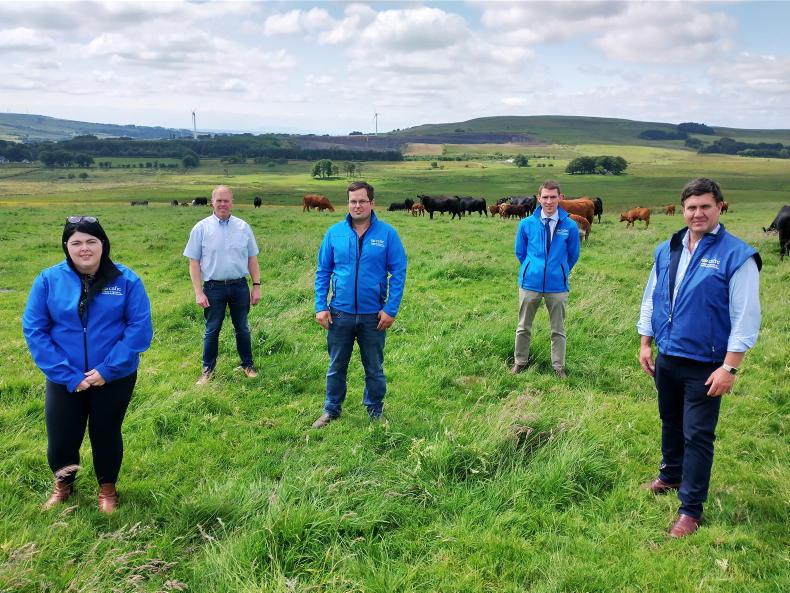
CAFRE staff involved in the management of the herd, from left; Natasha Ferguson, Steven Johnson, Stewart McIlwaine, Mark Scott and Michael Graham.
That journey began in the late 1990s when the decision was taken to fundamentally change the suckler herd on the farm. Up to then, it had relied on sourcing mainly Limousin-cross heifers from the dairy unit at Greenmount Campus outside Antrim.
Initially served to the Limousin, the mature cows were then put to Charolais bulls, with the resultant calves taken back to Greenmount for finishing.
The problem was the increasing Holstein influence in the Limousin crosses. In practice, the cow was not able to perform in the hill environment, so replacement rate was high. The fact that 100 cows were calved in three batches (spring, summer and autumn) with cows moving from one group to the next, was a good indicator that fertility was an issue.
An initial option was to source traditional west of Ireland heifers more suited to the conditions, but concerns about bringing in disease led to a decision to breed replacements from within the herd.
From the early 2000s the herd has been self-contained, and focused on breeding a three-breed cross using Aberdeen Angus, Beef Shorthorn and Limousin bulls selected with strong maternal characteristics.
The aim is to put Beef Shorthorn-sired cows to a Limousin bull, Limousin-sired cows to the Angus bull and Angus-sired cows to the Beef Shorthorn bull.
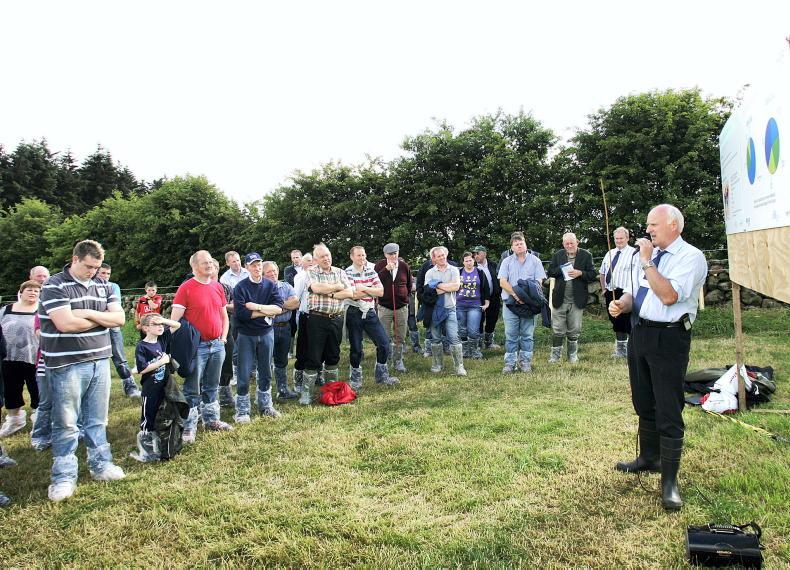
Dr William McLauchlan addressing attendees at the 'Building an Efficient Suckler Herd' event held in 2010.
By 2010, significant progress was being made. A calving index (number of days from one calving to the next) of 384 days was still slightly high, but well below the industry average of around 400 days. However, the majority of heifers were still entering the herd at 30 to 36 months of age.
The gross margin of £243 (€286) per cow was just above the then NI average across benchmarked herds of £238 (€280) per cow.
Achieving the targets set in 2010
At the CAFRE Hill Farm event in 2010, the target was set to move the gross margin per cow from £243 (€286) to £425 (€500).
Information was presented which suggested that up to £130 (€153) more per cow could come from improved fertility and genetics, an extra £30 (€35) from switching heifers to 24-month calving and up to £36 (€42) per cow from controlling cow size and maximising the value of culls.
As shown in Table 1, with those changes implemented over the last 10 years, performance has improved, and the target gross margin has been hit.
However, the data also highlights the variability in margins across the years. High beef prices in 2016/17 boosted returns, but the market was under more pressure in 2018 and 2019. The figures for 2020/21 and 2021/22 should also come out above average.
“It is the same when assessing any beef enterprise or benchmarking result – it is about looking at a range of performance measures, across a number of years,” maintains Dr Steven Johnston, a senior beef and sheep technologist at CAFRE.
For example, while the calving index of a particular herd may be excellent, it is a figure that can be manipulated by culling out late calvers each year. Therefore, the calving index must be considered in association with the replacement rate and the reappearance rate (percentage of cows calving again within 390 days).

The 100-cow suckler herd at the hill farm are April/May calving.
But while you can build data and information, too much data can also start to hinder decision-making.
To provide a strong focus for suckler herds, a new measure of herd efficiency was introduced in 2010 – kg of calf weaned per kg of cow maintained. That figure in 2010 stood at 38%.
It is calculated by weighing both the cow and calf at weaning, and adjusting all calf weights to 200 days old. The target set in 2010 was to get this figure to 50%.
However, the reality is that it is a target that is very difficult to hit, and any herd that is weaning over 40% of cow weight is doing a good job. The experience from the hill farm is that as cows mature and gain weight, herd efficiency can decrease. Therefore, it is important to monitor mature weight and include this trait in the bull selection process.
“For us, doing the calculation provides the evidence for open and honest conversations about the strengths and weaknesses of the herd. There is no point in producing smashing-looking calves if there are not enough kilograms going out through the farm gate.
“While not designed as an individual cow measure, it does allow us to identify those cows that are at the bottom end, and should be culled,” says Steven.
Calving heifers at two years
Like many farms operating on marginal land, heifers were traditionally calved down for the first time at the CAFRE hill farm at around three years old.
Many farmers believe this gives heifers more time to grow, and they are more likely to go in calf a second time.
“When we looked at the figures, there was no difference in the mature weight of cows that calved at two versus cows that calved at three years of age. The main issue is getting the first-calvers back in calf, so they do need a bit more care and attention,” maintains Steven Johnson.
Over the last five years, an average of 88.2% of heifers that calve down at two, calve again at three. With the farm operating a nine-week breeding period, it would be difficult to better those figures in a lowland situation.
The other issue is getting heifers to a target bulling weight of around 400kg at 15 months. This is achieved by the hill-bred heifers being transferred to the lowland Beef and Sheep Centre, where a selection are managed to achieve target weights for mating through AI at 15 months of age. Those in-calf return to the hill farm pre-calving.
That is not an option for the vast majority of farmers in a hill situation, so is CAFRE demonstrating a system that is not applicable elsewhere?
“We only have 5% in-bye land on this farm, so all that in-bye land must be set aside for silage. If we had more in-bye land, we could graze those heifers in their second season,” argues CAFRE farm manager Michael Graham.
“We are weaning calves in early December at 270kg. If you target reasonably good silage at the heifers over the winter, there is no reason why they shouldn’t be at target bulling weights by late June in any farm situation,” adds Steven.
Tight criteria for bull selection
Over the last 10 years there has been a strong focus on maternal genetics when selecting stock bulls.
“We are targeting bulls in the top 25% for calving ease, calving ease of daughters, mature cow weight (where available), 200-day liveweight and milk ability. It is a pretty tight set of criteria, and it can be difficult to find bulls that meet all those requirements,” acknowledges CAFRE beef technologist Natasha Ferguson.
All bulls are bought privately from breeders as directed by the farm biosecurity protocol. This year, for the first time, the bulls have been fitted with Moocall collars to help gather data on breeding activity, gestation length and expected calving dates.
As shown in Table 2, a strong focus on maternal genetics is coming through in physical performance.
Out of 117 cows and heifers bred in 2020, 115 cows calved in 2021, and there are 114 live calves.
It works out at an excellent 0.97 calves per cow to the bull. There were no caesarean sections done and very few difficult calvings.
Breeding animals are vaccinated against various production diseases such as BVD, IBR and Leptospirosis, and receive a scour vaccine pre-calving.
Calves are vaccinated against clostridial diseases and pneumonia.
The farm has identified mineral deficiencies and continually monitors cow mineral status through blood mineral analysis. The cows routinely receive a bolus twice per year which includes both iodine and selenium, explains CAFRE assistant farm manager Stewart McIlwaine.
Target replacement rate is 15% and over the last five years it has averaged 17.8%. With a good number of suitable heifers on the ground, there is no allowance made for cows with bad temperament or that slip outside the calving pattern.
Comment: A high-performing
herd with unlocked potential
The hill farm at Glenwherry is a tough environment to produce livestock, and while the sucklers are kept on the better upland grazing, the performance achieved is excellent.
To produce 0.97 live calves per cow put to the bull after a nine-week breeding period is comparable with any lowland farm. While farmers might have a calf sucking every cow, they often conveniently forget about the cows that didn’t turn out in calf, or the calves that died after a difficult calving. Of course, part of the excellent performance is down to management, but it also shows what is possible by selecting for maternal genetics.
Ideally, the hill farm would be the source of heifer replacements for the lowland suckler herd kept at the main Greenmount campus, with these cows then bred to terminal bulls. However, the herd at Greenmount calves in February and March, while the hill cows calve in April and May, so the heifers are too young for breeding. The other alternative is the heifers are sold in a specialist breeding sale as done by others. Surely there is the potential for upland suckler herds to replicate this model.
At the hill farm, all the calves are weighed at weaning, and a value applied based on official market prices recorded in NI. This is probably undervaluing the breeding potential and market value of these heifers, meaning that the gross margin is lower than what could be achieved in reality. But even if all the heifers were retained and put in calf and offered for sale at 20 months, they would probably make £1,000 (€1,176) more if they were a year older, and touching 800kg rather than 600kg. The logic behind that industry trend has never made sense.
Read more
£10m for CAFRE/AFBI beef facilities
BETTER Farm NI: grassland and genetics driving cattle performance
On the 1 July 2010, around 1,000 farmers attended a Building an Efficient Suckler Herd event at the College of Agriculture, Food and Rural Enterprise (CAFRE) Hill Farm at Glenwherry, midway between Larne and Ballymena in Co Antrim.
As is usual at such events, the farm was tidy, the stock on show were carefully selected and the advice given was timely and relevant.
But there was also a recognition that there was work to be done, with a 100-cow suckler herd that was delivering a margin of £243 (€286) per cow.
At the time, the head of beef and sheep development at CAFRE, Dr William Mc Lauchlan, talked about the farm being on a journey.

CAFRE staff involved in the management of the herd, from left; Natasha Ferguson, Steven Johnson, Stewart McIlwaine, Mark Scott and Michael Graham.
That journey began in the late 1990s when the decision was taken to fundamentally change the suckler herd on the farm. Up to then, it had relied on sourcing mainly Limousin-cross heifers from the dairy unit at Greenmount Campus outside Antrim.
Initially served to the Limousin, the mature cows were then put to Charolais bulls, with the resultant calves taken back to Greenmount for finishing.
The problem was the increasing Holstein influence in the Limousin crosses. In practice, the cow was not able to perform in the hill environment, so replacement rate was high. The fact that 100 cows were calved in three batches (spring, summer and autumn) with cows moving from one group to the next, was a good indicator that fertility was an issue.
An initial option was to source traditional west of Ireland heifers more suited to the conditions, but concerns about bringing in disease led to a decision to breed replacements from within the herd.
From the early 2000s the herd has been self-contained, and focused on breeding a three-breed cross using Aberdeen Angus, Beef Shorthorn and Limousin bulls selected with strong maternal characteristics.
The aim is to put Beef Shorthorn-sired cows to a Limousin bull, Limousin-sired cows to the Angus bull and Angus-sired cows to the Beef Shorthorn bull.

Dr William McLauchlan addressing attendees at the 'Building an Efficient Suckler Herd' event held in 2010.
By 2010, significant progress was being made. A calving index (number of days from one calving to the next) of 384 days was still slightly high, but well below the industry average of around 400 days. However, the majority of heifers were still entering the herd at 30 to 36 months of age.
The gross margin of £243 (€286) per cow was just above the then NI average across benchmarked herds of £238 (€280) per cow.
Achieving the targets set in 2010
At the CAFRE Hill Farm event in 2010, the target was set to move the gross margin per cow from £243 (€286) to £425 (€500).
Information was presented which suggested that up to £130 (€153) more per cow could come from improved fertility and genetics, an extra £30 (€35) from switching heifers to 24-month calving and up to £36 (€42) per cow from controlling cow size and maximising the value of culls.
As shown in Table 1, with those changes implemented over the last 10 years, performance has improved, and the target gross margin has been hit.
However, the data also highlights the variability in margins across the years. High beef prices in 2016/17 boosted returns, but the market was under more pressure in 2018 and 2019. The figures for 2020/21 and 2021/22 should also come out above average.
“It is the same when assessing any beef enterprise or benchmarking result – it is about looking at a range of performance measures, across a number of years,” maintains Dr Steven Johnston, a senior beef and sheep technologist at CAFRE.
For example, while the calving index of a particular herd may be excellent, it is a figure that can be manipulated by culling out late calvers each year. Therefore, the calving index must be considered in association with the replacement rate and the reappearance rate (percentage of cows calving again within 390 days).

The 100-cow suckler herd at the hill farm are April/May calving.
But while you can build data and information, too much data can also start to hinder decision-making.
To provide a strong focus for suckler herds, a new measure of herd efficiency was introduced in 2010 – kg of calf weaned per kg of cow maintained. That figure in 2010 stood at 38%.
It is calculated by weighing both the cow and calf at weaning, and adjusting all calf weights to 200 days old. The target set in 2010 was to get this figure to 50%.
However, the reality is that it is a target that is very difficult to hit, and any herd that is weaning over 40% of cow weight is doing a good job. The experience from the hill farm is that as cows mature and gain weight, herd efficiency can decrease. Therefore, it is important to monitor mature weight and include this trait in the bull selection process.
“For us, doing the calculation provides the evidence for open and honest conversations about the strengths and weaknesses of the herd. There is no point in producing smashing-looking calves if there are not enough kilograms going out through the farm gate.
“While not designed as an individual cow measure, it does allow us to identify those cows that are at the bottom end, and should be culled,” says Steven.
Calving heifers at two years
Like many farms operating on marginal land, heifers were traditionally calved down for the first time at the CAFRE hill farm at around three years old.
Many farmers believe this gives heifers more time to grow, and they are more likely to go in calf a second time.
“When we looked at the figures, there was no difference in the mature weight of cows that calved at two versus cows that calved at three years of age. The main issue is getting the first-calvers back in calf, so they do need a bit more care and attention,” maintains Steven Johnson.
Over the last five years, an average of 88.2% of heifers that calve down at two, calve again at three. With the farm operating a nine-week breeding period, it would be difficult to better those figures in a lowland situation.
The other issue is getting heifers to a target bulling weight of around 400kg at 15 months. This is achieved by the hill-bred heifers being transferred to the lowland Beef and Sheep Centre, where a selection are managed to achieve target weights for mating through AI at 15 months of age. Those in-calf return to the hill farm pre-calving.
That is not an option for the vast majority of farmers in a hill situation, so is CAFRE demonstrating a system that is not applicable elsewhere?
“We only have 5% in-bye land on this farm, so all that in-bye land must be set aside for silage. If we had more in-bye land, we could graze those heifers in their second season,” argues CAFRE farm manager Michael Graham.
“We are weaning calves in early December at 270kg. If you target reasonably good silage at the heifers over the winter, there is no reason why they shouldn’t be at target bulling weights by late June in any farm situation,” adds Steven.
Tight criteria for bull selection
Over the last 10 years there has been a strong focus on maternal genetics when selecting stock bulls.
“We are targeting bulls in the top 25% for calving ease, calving ease of daughters, mature cow weight (where available), 200-day liveweight and milk ability. It is a pretty tight set of criteria, and it can be difficult to find bulls that meet all those requirements,” acknowledges CAFRE beef technologist Natasha Ferguson.
All bulls are bought privately from breeders as directed by the farm biosecurity protocol. This year, for the first time, the bulls have been fitted with Moocall collars to help gather data on breeding activity, gestation length and expected calving dates.
As shown in Table 2, a strong focus on maternal genetics is coming through in physical performance.
Out of 117 cows and heifers bred in 2020, 115 cows calved in 2021, and there are 114 live calves.
It works out at an excellent 0.97 calves per cow to the bull. There were no caesarean sections done and very few difficult calvings.
Breeding animals are vaccinated against various production diseases such as BVD, IBR and Leptospirosis, and receive a scour vaccine pre-calving.
Calves are vaccinated against clostridial diseases and pneumonia.
The farm has identified mineral deficiencies and continually monitors cow mineral status through blood mineral analysis. The cows routinely receive a bolus twice per year which includes both iodine and selenium, explains CAFRE assistant farm manager Stewart McIlwaine.
Target replacement rate is 15% and over the last five years it has averaged 17.8%. With a good number of suitable heifers on the ground, there is no allowance made for cows with bad temperament or that slip outside the calving pattern.
Comment: A high-performing
herd with unlocked potential
The hill farm at Glenwherry is a tough environment to produce livestock, and while the sucklers are kept on the better upland grazing, the performance achieved is excellent.
To produce 0.97 live calves per cow put to the bull after a nine-week breeding period is comparable with any lowland farm. While farmers might have a calf sucking every cow, they often conveniently forget about the cows that didn’t turn out in calf, or the calves that died after a difficult calving. Of course, part of the excellent performance is down to management, but it also shows what is possible by selecting for maternal genetics.
Ideally, the hill farm would be the source of heifer replacements for the lowland suckler herd kept at the main Greenmount campus, with these cows then bred to terminal bulls. However, the herd at Greenmount calves in February and March, while the hill cows calve in April and May, so the heifers are too young for breeding. The other alternative is the heifers are sold in a specialist breeding sale as done by others. Surely there is the potential for upland suckler herds to replicate this model.
At the hill farm, all the calves are weighed at weaning, and a value applied based on official market prices recorded in NI. This is probably undervaluing the breeding potential and market value of these heifers, meaning that the gross margin is lower than what could be achieved in reality. But even if all the heifers were retained and put in calf and offered for sale at 20 months, they would probably make £1,000 (€1,176) more if they were a year older, and touching 800kg rather than 600kg. The logic behind that industry trend has never made sense.
Read more
£10m for CAFRE/AFBI beef facilities
BETTER Farm NI: grassland and genetics driving cattle performance








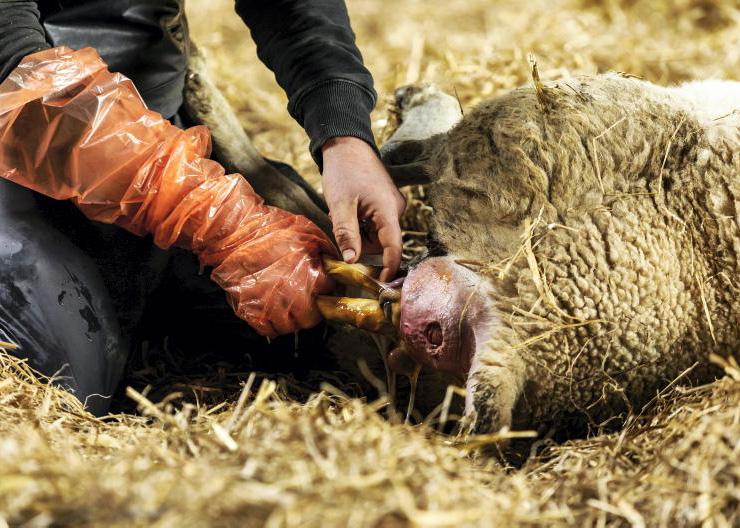

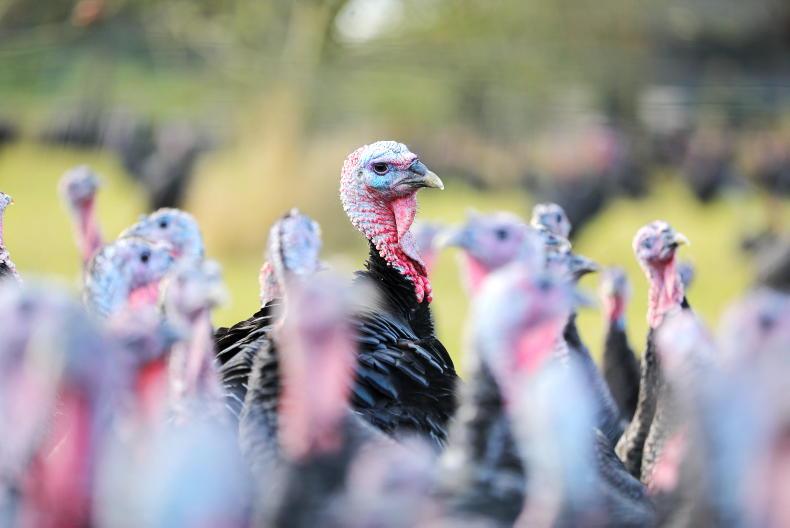
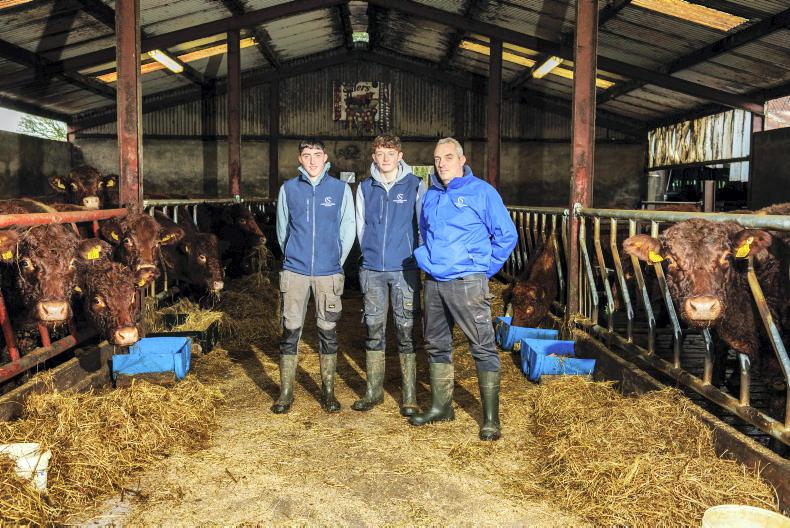
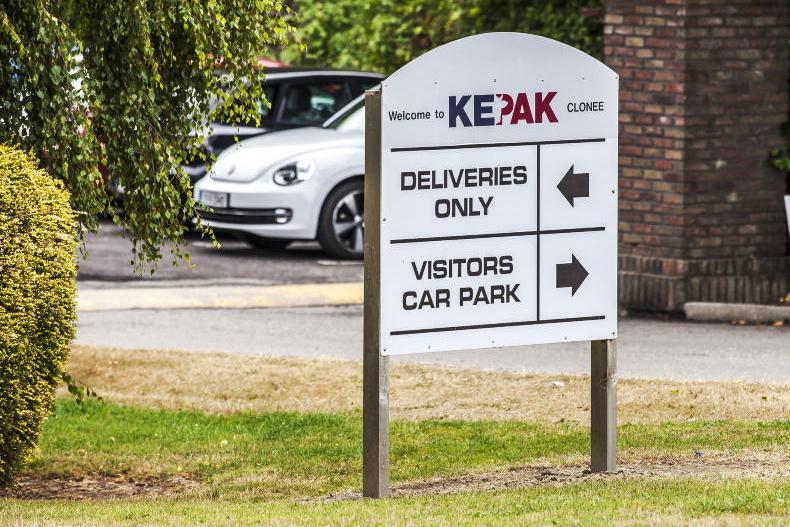
SHARING OPTIONS